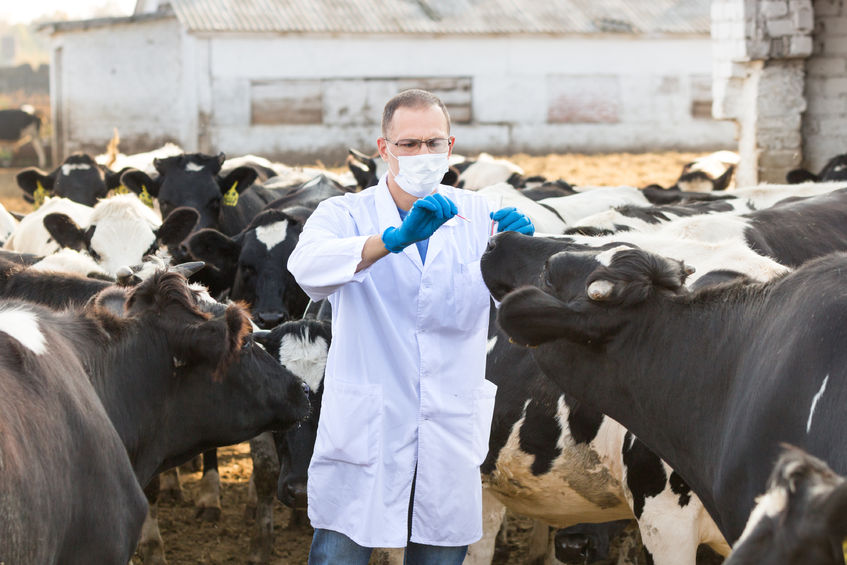
Mass vaccination programmes lasting at least five years in combination with improved, continuous surveillance systems would be the only effective measures for eradicating bluetongue in Europe, EFSA has concluded.
European Food Safety Authority's (EFSA) experts have reviewed control measures for bluetongue and options for safe trade of animals from infected to free areas, following a request from the European Commission.
They have also updated their scientific advice on epidemiological aspects of the disease, particularly its transmission patterns.
Eradication of bluetongue is very difficult – at least five consecutive years of vaccination covering 95% of susceptible cattle and sheep would be needed, the experts concluded.
Such mass vaccination campaigns would have to be followed by sensitive surveillance systems capable of detecting low levels of virus prevalence – lower than 1% of animals in a monitored area.
The disease could otherwise re-appear some years after completion of the vaccination campaign.
Surveillance systems should be defined on a case-by-case basis taking into account aspects such as the geographical area monitored and the epidemiological phase of the disease.
Immunisation and transmission
Experts also highlighted that new-born animals receive antibodies from their mothers that protect them from the disease for about three months.
However, these antibodies may interfere with vaccination, thus making vaccination ineffective during this period. Immunity starts in most cases 21 days after the second dose of the basic vaccination scheme.
And some species of the midges that transmit the disease are active throughout the year – especially in mild-winter areas such as the Mediterranean basin. In these areas, transmission of the virus may occur at any time. In colder areas, such as in northern Europe, midges are inactive for about three winter months, during which transmission is halted.
